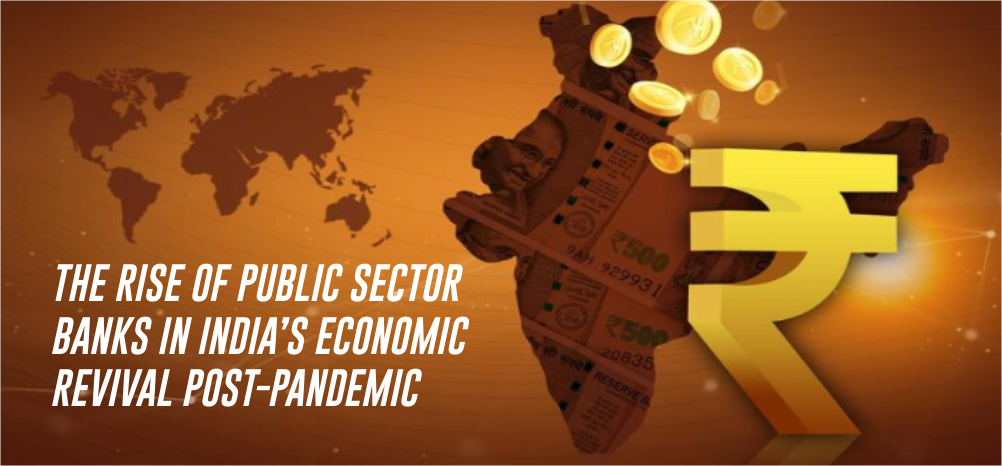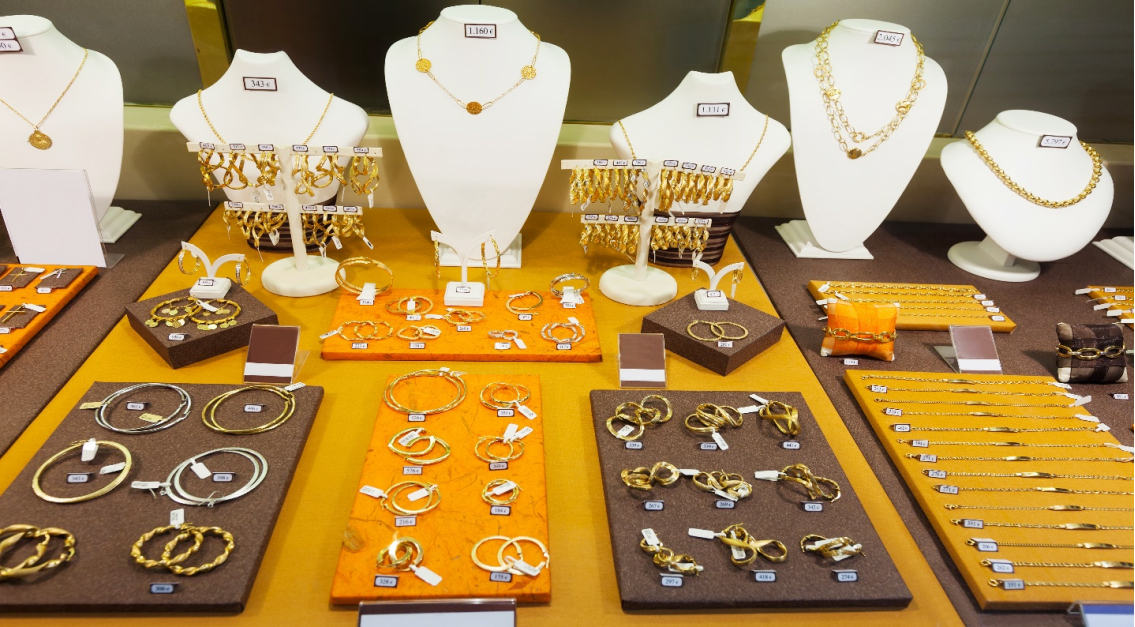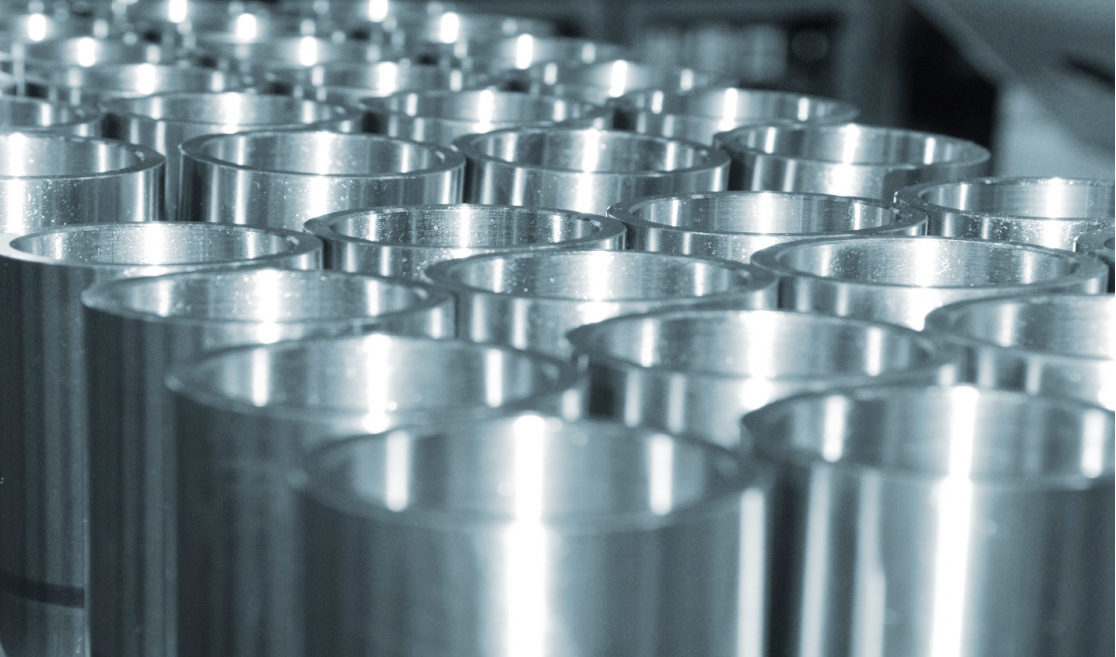The Indian healthcare and medical device sectors have witnessed remarkable growth over the past decade. The rising number of medical facilities has driven demand for advanced medical devices, while government recognition and policy support have accelerated industry expansion. The medical devices industry was granted the status of an independent industry and designated a ‘sunrise sector’ under the Make in India scheme in 2014, marking a turning point for its development.
Today, India ranks as the fourth-largest medical devices market in Asia after Japan, China, and South Korea, and among the top 20 globally. The industry was valued at Rs. 1,02,660 crore (US$ 12 billion) in FY24, growing at a robust CAGR of 15%. It is projected to reach Rs. 4,27,750 crore (US$ 50 billion) by 2025, with innovation, start-up activity, and venture capital funding serving as key growth drivers. The global market share of Indian medical devices, currently at 1.65% (FY24), is expected to expand to 10–12% over the next 25 years.
Segments such as diagnostics are also on a strong growth trajectory. The Indian diagnostic imaging equipment market is estimated at Rs. 17,606 crore (US$ 2.06 billion) in 2025 and is projected to reach Rs. 25,726 crore (US$ 3.01 billion) by 2030, at a CAGR of nearly 8%. Policy support is equally robust, with the Union Budget 2025–26 allocating Rs. 99,858 crore (US$ 11.48 billion) to the healthcare sector.
Exports have strengthened India’s global presence. Between FY19 and FY25, drugs and pharma exports rose 59% to Rs. 2.47 lakh crore (US$ 28.90 billion), while medical device exports surged 88% to Rs. 31,120 crore (US$ 3.64 billion), aided by schemes such as the Rs. 3,420 crore (US$ 400 million) PLI initiative. India now supplies drugs, vaccines, and medical devices to over 200 countries. According to DCGI Dr. Rajeev Raghuvanshi, 11 countries have already recognized Indian pharmacopoeia standards, and India is approving around 100 global clinical trials annually, underlining the credibility of its regulatory framework.
Foreign investment has also been strong, with FDI inflows in the medical and surgical appliances sector reaching Rs. 27,458.82 crore (US$ 3.91 billion) between April 2000 and March 2025.
As of August 2025, India, now the world’s third-largest transplant hub, has transformed organ transplantation through surgical innovations, advanced preservation, and improved donor–recipient matching, giving thousands a renewed chance at life.
The India-UK FTA signed on July 24, 2025, introduces a Mutual Recognition Agreement for medical devices, granting Indian-certified products zero-tariff access to the UK market and boosting competitiveness against non-FTA exporters.
Announced in June 2025, Amazon India has entered the health-tech space with Amazon Diagnostics, an at-home lab testing service offering 800+ tests across six cities, promising rapid sample collection, digital reports, and seamless integration within its healthcare ecosystem.
Union Chemicals and Fertilisers Minister JP Nadda launched a Rs. 500 crore (US$ 59.24 million) scheme to boost India's medical devices industry, focusing on manufacturing key components, skill development, clinical studies support, common infrastructure, and industry promotion.
In April 2024, Amkay Products who manufactures, assembles and markets a comprehensive portfolio of medical devices, came with an IPO to raise Rs. 12.6 crore (US$ 1.51 million).
In March 2024, Mr. Mansukh Mandaviya Inaugurates 27 Greenfield Bulk drug park projects and 13 Greenfield Manufacturing Plants for Medical Devices under the PLI scheme.
In February 2024, OMRON Corporation announced that its corporate brand OMRON has received well-known trademark status in India, as recognized by the Registrar of Trademarks. This designation acknowledges the brand's significant nationwide recognition within the country.
In December 2023, MedTech Mitra an online platform was launched to support medtech innovators with clinical assessment, regulatory help, and product adoption.
In November 2023, National Medical Policy, six strategies have been formulated to maximize the sector's potential, along with a detailed action plan for their execution.
In May 2023, Export Promotion Council for Medical Devices was established medical devices, under the Department of pharmaceuticals, with its headquarters in Noida.
In March 2024, Mr. Mansukh Mandaviya, Union Minister for Chemicals & Fertilizers and Health & Family Welfare inaugurated 27 new Bulk Drug Park projects and 13 Manufacturing Plants for Medical Devices under the PLI Scheme. The medical device parks are expected to reduce manufacturing costs as these will be equipped with the necessary infrastructure where companies can plug and play.
On December 2023, Agappe,2023 Kerala’s leading diagnostic technology brand, unveils its first indigenously manufactured HX series haematology equipment and Mispa i200 Immunology CLIA analyser, marking a new era in diagnostics era.
In November 2023, LTTS partnered with Nvidia to create AI-driven, software-based designs for endoscopy devices, aiming to improve image quality and scalability. This collaboration was disclosed in a regulatory filing by the engineering services firm.
In October 2023, Primary Healthtech Pvt. Ltd., a start-up founded by Indian Institute of Technology (IIT) Guwahati alumni, created MobilabTM, a POCT device for early diagnosis of various chronic diseases.
In August 2023, Union Health Minister Mr. Mansukh Mandaviya said that India is poised to become a global centre for medical technology and devices, while addressing the India MedTech Expo 2023.
In August 2023, Manipal Academy of Higher Education (MAHE), Manipal and Siemens Healthineers signed a Master Research collaboration (MRA) for continued strengthening of future cooperation between both organisations in achieving shared outcomes for the stakeholders.
As announced in August 2023, Omron Healthcare India Pvt. Ltd., a subsidiary of Japanese company Omron Healthcare Co. Ltd., which is in the supply of home healthcare monitoring devices in India, is planning to double its revenue in 3-5 years.
In August 2023, Omron Healthcare India announced a collaboration with supermodel, film producer, and fitness enthusiast Mr. Milind Soman to enhance awareness around adopting home monitoring as an essential constituent of the health regime.
In May 2023, Medtronic announced an investment of approximately Rs. 3,000 crore (more than US$ 350 million) to expand the Medtronic Engineering & Innovation Centre (MEIC) in Hyderabad. MEIC is Medtronic’s largest research and development (R&D) centre outside of the US.
In May 2023, Omron Healthcare, a Japan-based manufacturer, and distributor of personal healthcare products, announced that it will set up a medical device manufacturing plant in Tamil Nadu at a cost of Rs. 128 crore (US$ 15.5 million).
In April 2023, Health vista India, the parent company of the healthtech startup Portea Medical, received approval from the Securities and Exchange Board of India (SEBI) for its initial public offering (IPO). The IPO comprises a fresh issue of equity shares worth Rs. 200 crore (US$ 24 million) and an offer for sale (OFS) of up to 56,252,654 shares worth Rs. 800 crore (US$ 95.9 million).
In March 2023, SMT was selected as the exclusive distributor of Penumbra’s peripheral and coronary vascular thrombectomy technologies in select domestic geographies in India.
Medtronic has inaugurated a Medtronic Engineering and Innovation Centre (MEIC) in Hyderabad to leverage India's large pool of diverse and qualified talent to accelerate its innovative work in the medical technology space in the country. It has also announced an investment worth Rs. 1,200 crore (US$ 163 million) to expand its R&D centre facility for medical device software and engineering solutions in Hyderabad, Telangana. This facility will be Medtronic’s largest R&D facility, outside of the US, generating 1,000 jobs in the next five years.
Siemens Healthineers, a global medical technology company, has announced plans to invest Rs. 1,300 crore (US$ 177 million) over the next five years in Bengaluru, Karnataka, to make India one of its four key digital innovation hubs worldwide.
Microtek has announced plans to consolidate its position by expanding their medical devices portfolio. The company forayed into the burgeoning Indian healthcare market by manufacturing products including oxygen concentrators, blood pressure monitors, oximeters, and thermometers, both digital and infrared.
Innovation Imaging Technologies Pvt. Ltd. (IITPL) has established a ‘state-of-the-art’ facility in Bengaluru to manufacture 240 catheterisation laboratories in the next 12 months. Through this initiative, the company aims to strengthen the infrastructure to treat cardio-vascular diseases in the country.
The Government of India has commenced various initiatives to strengthen the medical devices sector, with emphasis on research and development (R&D) and 100% FDI for medical devices to boost the market.
The Union Cabinet approved the National Medical Devices Policy, 2023 on April 26, 2023. The National Medical Devices Policy, 2023 is expected to facilitate an orderly growth of the medical device sector to meet the public health objectives of access, affordability, quality, and innovation.
The Government has tabled a draft for the new Drugs, Medical Devices and Cosmetics Bill 2022, to assure and offer thorough legal protections to ensure that the medical items sold in India are reliable, efficient, and up to required standards.
To boost domestic manufacturing of medical devices and attract huge investments in India, the Department of Pharmaceuticals launched a PLI scheme for domestic manufacturing of medical devices, with a total outlay of funds worth Rs. 3,420 crore (US$ 468.78 million) for the period FY21-28.
In 2022, the PLI Scheme for pharmaceuticals worth Rs. 18,420 crore (US$ 2.24 billion) was launched. This scheme aims to enhance India’s manufacturing capabilities by increasing investment and production in the pharmaceutical and medical devices sectors and contribute to the availability of a wider range of affordable medicines for consumers.
By 2022, the Gautam Budh Nagar, Noida, is expected to have Northern India’s first medical tools and system manufacturing park. The park is likely to be developed in Sector 28 of the Yamuna Expressway Industrial Development Authority (YEIDA) Space by the Yamuna Expressway Authority.
The Tamil Nadu government has proposed to build a medical devices park (spanning 350 acres) near Oragadam in Kancheepuram district worth Rs. 430 crore (US$ 58.92 million). There are other medical parks coming up in Himachal Pradesh, Uttar Pradesh, Punjab, etc.
The Indian Council of Medical Research (ICMR) has collaborated with Indian Institutes of Technology (IITs) to establish ‘ICMR at IITs’ by setting up Centres of Excellence (CoE) for Make-in-India product development and commercialisation in the medical devices and diagnostics space.
India’s healthcare and medical devices sector is entering a transformative phase, driven by innovation, policy support, and growing global trust in its capabilities. With rising investments, strategic collaborations, and strong R&D momentum, the industry is poised to scale new heights, strengthening India’s position as a global hub for affordable and advanced medical solutions.
References: Government Websites, Press Releases, Media Reports, Deloitte Report
Note: Conversion rate used for July 2025 is Rs. 1 = US$ 0.012














